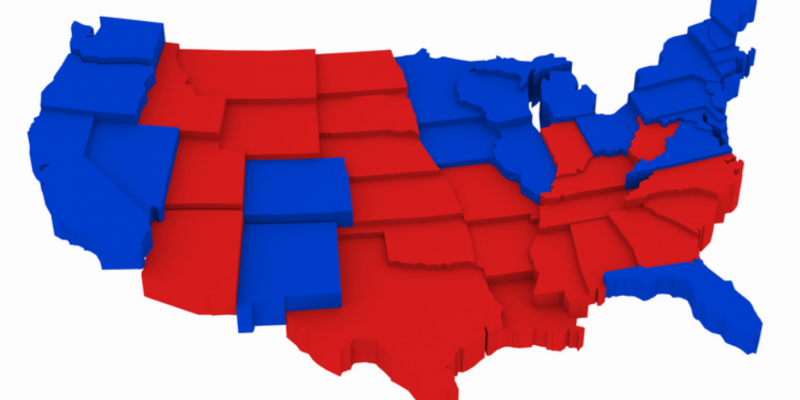The number of people moving to freer, lower tax states is continuing to increase, according to a recent Internal Revenue Service (IRS) report published by its Statistics of Income division.
The division tracks migration based on individual income tax filings, classifying them as “same state,” “outflow” and “inflow” categories, which are also later organized by age and income level.
“Same state” returns refer to households that filed in the same state as the previous year. “Outflow” returns refer to households that moved out of a state for which they are filing from the previous year, and “inflow” returns refer to households that moved into a new state.
The report found that the 15 states with the highest net in-migration (using the latest data available from 2018) were Nevada, Idaho, Arizona, South Carolina, Colorado, Delaware, North Carolina, Oregon, Washington, Florida, Tennessee, Maine, Georgia, Montana and New Hampshire.
The 15 states with the highest net outmigration (also in 2018) were New York, Illinois, Connecticut, North Dakota, Louisiana, New Jersey, Massachusetts, Kansas, West Virginia, California, Mississippi, Wyoming, Maryland, Nebraska, and Rhode Island.
Bill Bergman, director of research for the nonprofit organization Truth in Accounting, argues that five factors stand out when comparing the difference between in-migration and outmigration states.
Bergman used WalletHub’s Tax Burden, Cato Institute’s Freedom Ranking, Balanced Budget Frequency, Lawyers per 10,000 Residents, and Truth in Accounting’s Taxpayer Burden as the basis for his assessment.
WalletHub ranks states based on estimates of total annual taxes paid for sales, property, and income taxes. High IRS outflow states tend to rank lower, having a higher tax burden than high IRS inflow states, Bergman notes.
Cato Institute ranks states based on fiscal policy, regulatory policy, economic factors, legal environment, education policy, health insurance and other factors. Higher inflow states rank higher than the high outmigration states, Bergman notes.
Truth in Accounting calculates a taxpayer burden by assessing the per-taxpayer share of unfunded state government debt. Higher outflow states tend to rank lower and have a higher taxpayer burden, Bergman adds.
“Bottom line, in 2018, states attracting greater in-migration tend to be freer, lower-tax jurisdictions with governments that do a better job of responsibly managing their finances,” he says.
Four of the 15 states with high net outmigration, which were significantly impacted by energy market developments, Wyoming, Louisiana, North Dakota and West Virginia, were excluded from the “high outmigration” category in his analysis.
This article was first published by The Center Square.
Advertisement
Advertisement

